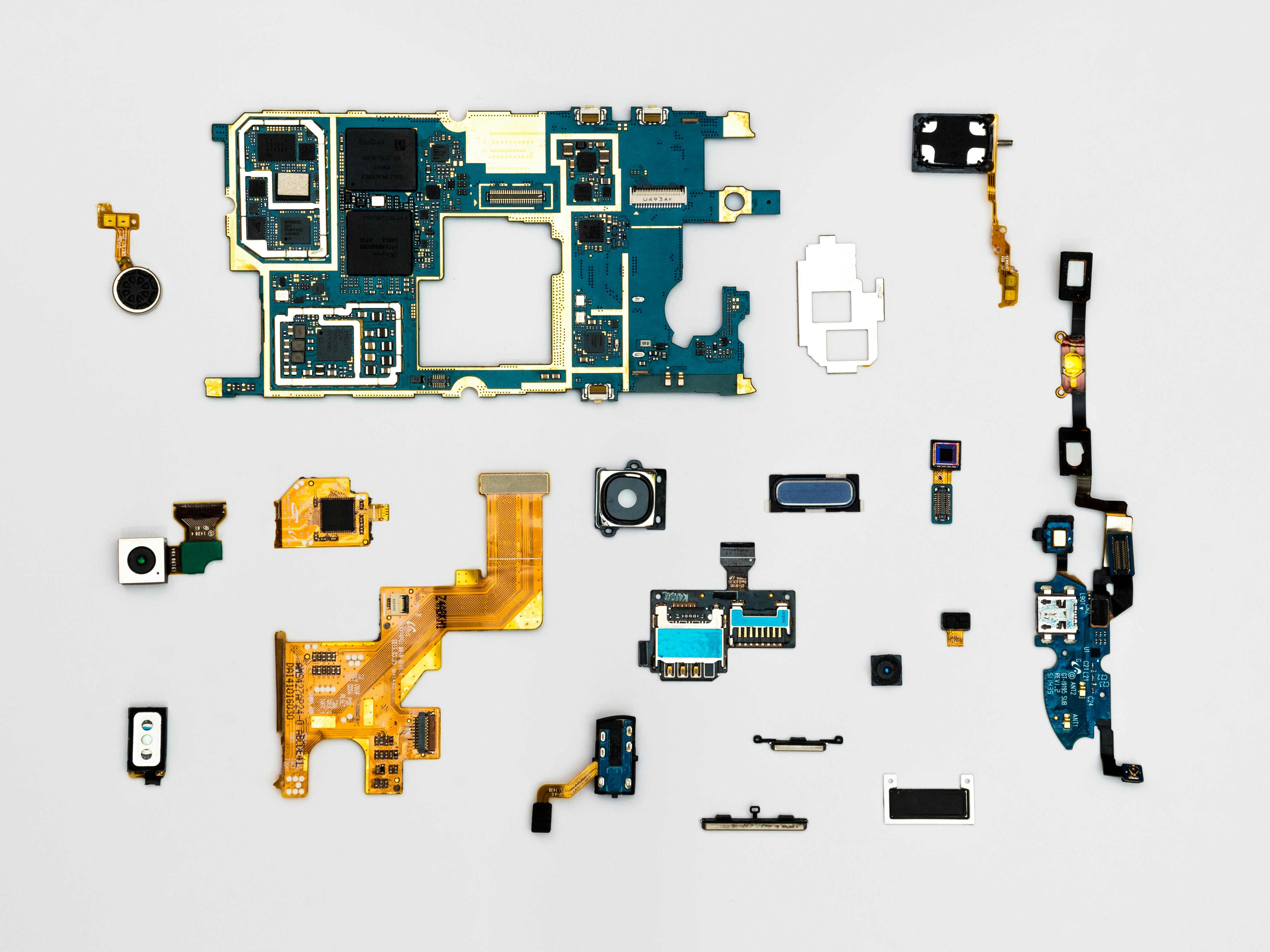The 10 Most Unanswered Questions about
 Complying with Paint Booth Lighting Requirements
Complying with Paint Booth Lighting Requirements
If you work in a painting or finishing facility, you’re probably aware that the lighting in your paint booth is critical to the quality of the finished product. However, did you know that certain standards for paint booth lighting must be met to guarantee safety and adherence to regulations? This website has all you need to learn more about this topic.
1 Picture Gallery: The 10 Most Unanswered Questions about
The main objective of paint booth lighting is to create ideal conditions for painters to apply coatings and to ensure that the final product is of exceptional quality. However, the lighting system must also satisfy specific requirements to ensure the booth is secure and adheres to regulations.
When it comes to operating a paint booth, it is essential to ensure that the lighting meets the necessary requirements. The correct lighting can have a significant impact on the quality of your paint job’s final appearance and the safety of your employees. This post will cover paint booth lighting requirements, including the essential types of lighting and how to confirm that your paint booth meets the necessary regulations.
Color rendering is one of the most critical aspects to consider in paint booth lighting. Color rendering refers to how accurately a light source reflects colors in comparison to natural light. In a paint booth, it is crucial for the lighting to reflect the colors being used precisely to ensure the paint job’s final finish is uniform and accurate. As a result, the lighting in a paint booth should have a color rendering index (CRI) of at least 90.
Another important consideration when it comes to paint booth lighting requirements is the level of illumination. A paint booth should have an illumination level of at least 1000 lux or 100 foot-candles. This illumination level is necessary to ensure that workers can see clearly and that the colors used are accurately displayed. In addition, it is crucial to ensure that the lighting is evenly distributed throughout the paint booth to avoid any shadows or uneven lighting.
Another important paint booth lighting requirements is that the light fixtures must be explosion-proof. This is because the paint booth environment is classified as hazardous due to the presence of flammable liquids and vapors. If a non-explosion-proof fixture is used, it could spark a fire or explosion, which would be catastrophic.
There are different types of lighting that can be utilized in a paint booth, such as fluorescent, LED, and incandescent lighting. Among these, fluorescent lighting is commonly used in paint booths because it has a high level of illumination and a CRI of approximately 90 or higher. LED lighting is also gaining popularity due to its energy efficiency and ability to provide a high level of illumination while maintaining a high CRI. In contrast, incandescent lighting is not recommended for use in paint booths because it can produce excessive heat and create a fire hazard.
In conclusion, complying with paint booth lighting requirements is crucial to ensure a safe and efficient working environment and achieve a high-quality paint job. When selecting lighting for a paint booth, color rendering and illumination level are essential factors to consider, and fluorescent or LED lighting is commonly used. By following the necessary regulations and using the appropriate lighting, you can ensure that your paint booth operates safely and efficiently, while achieving consistent and accurate paint finishes. Click here for more helpful tips on this company.
This post topic: Technology



